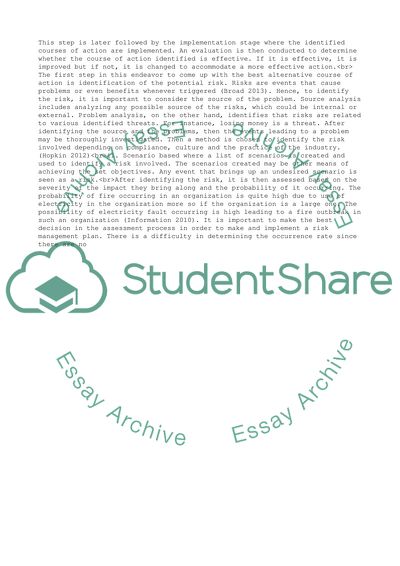Cite this document
(Risk management and insurance Assignment Example | Topics and Well Written Essays - 2500 words, n.d.)
Risk management and insurance Assignment Example | Topics and Well Written Essays - 2500 words. https://studentshare.org/management/1845780-risk-management-and-insurance
Risk management and insurance Assignment Example | Topics and Well Written Essays - 2500 words. https://studentshare.org/management/1845780-risk-management-and-insurance
(Risk Management and Insurance Assignment Example | Topics and Well Written Essays - 2500 Words)
Risk Management and Insurance Assignment Example | Topics and Well Written Essays - 2500 Words. https://studentshare.org/management/1845780-risk-management-and-insurance.
Risk Management and Insurance Assignment Example | Topics and Well Written Essays - 2500 Words. https://studentshare.org/management/1845780-risk-management-and-insurance.
“Risk Management and Insurance Assignment Example | Topics and Well Written Essays - 2500 Words”. https://studentshare.org/management/1845780-risk-management-and-insurance.


